
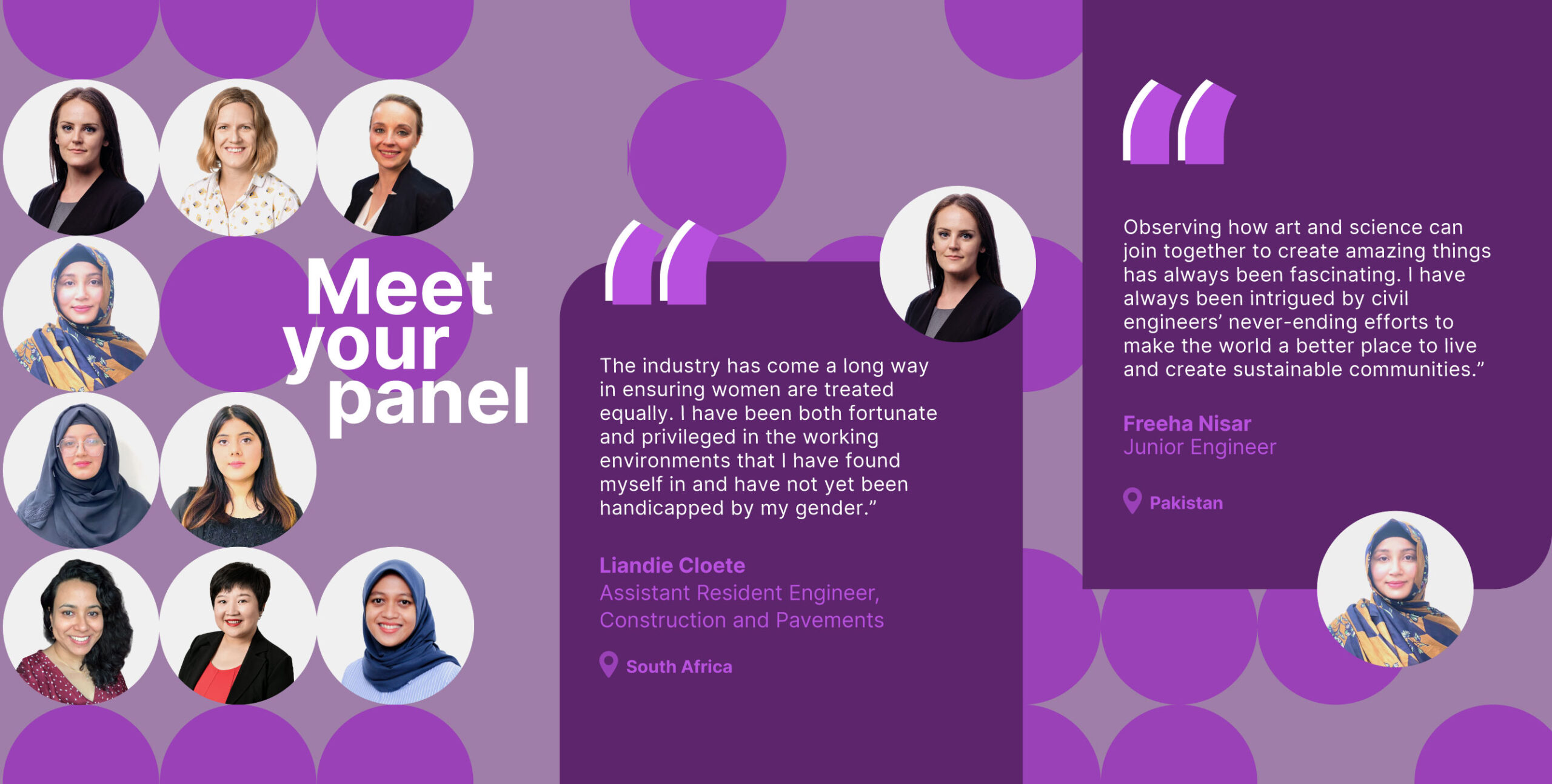
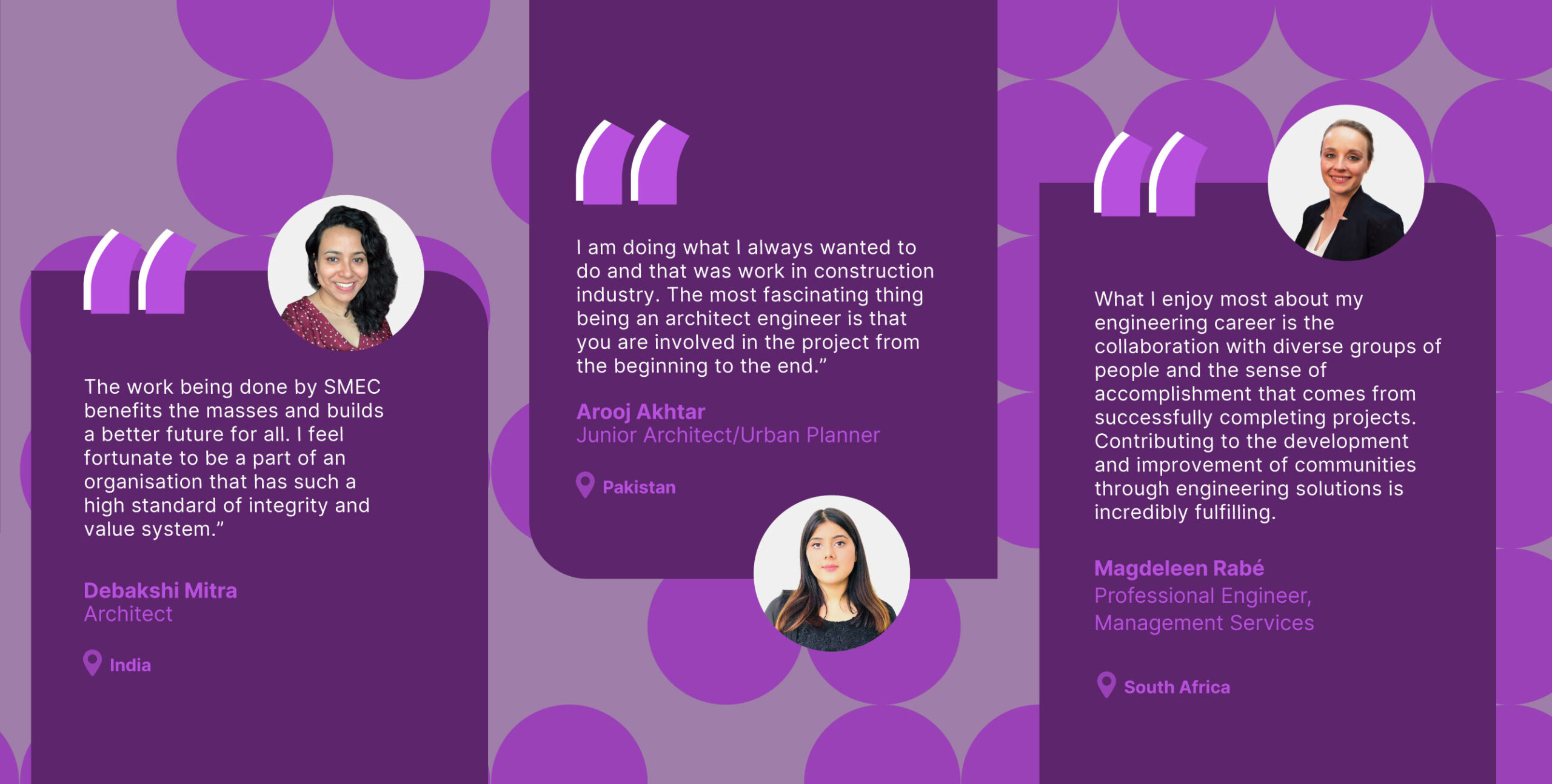
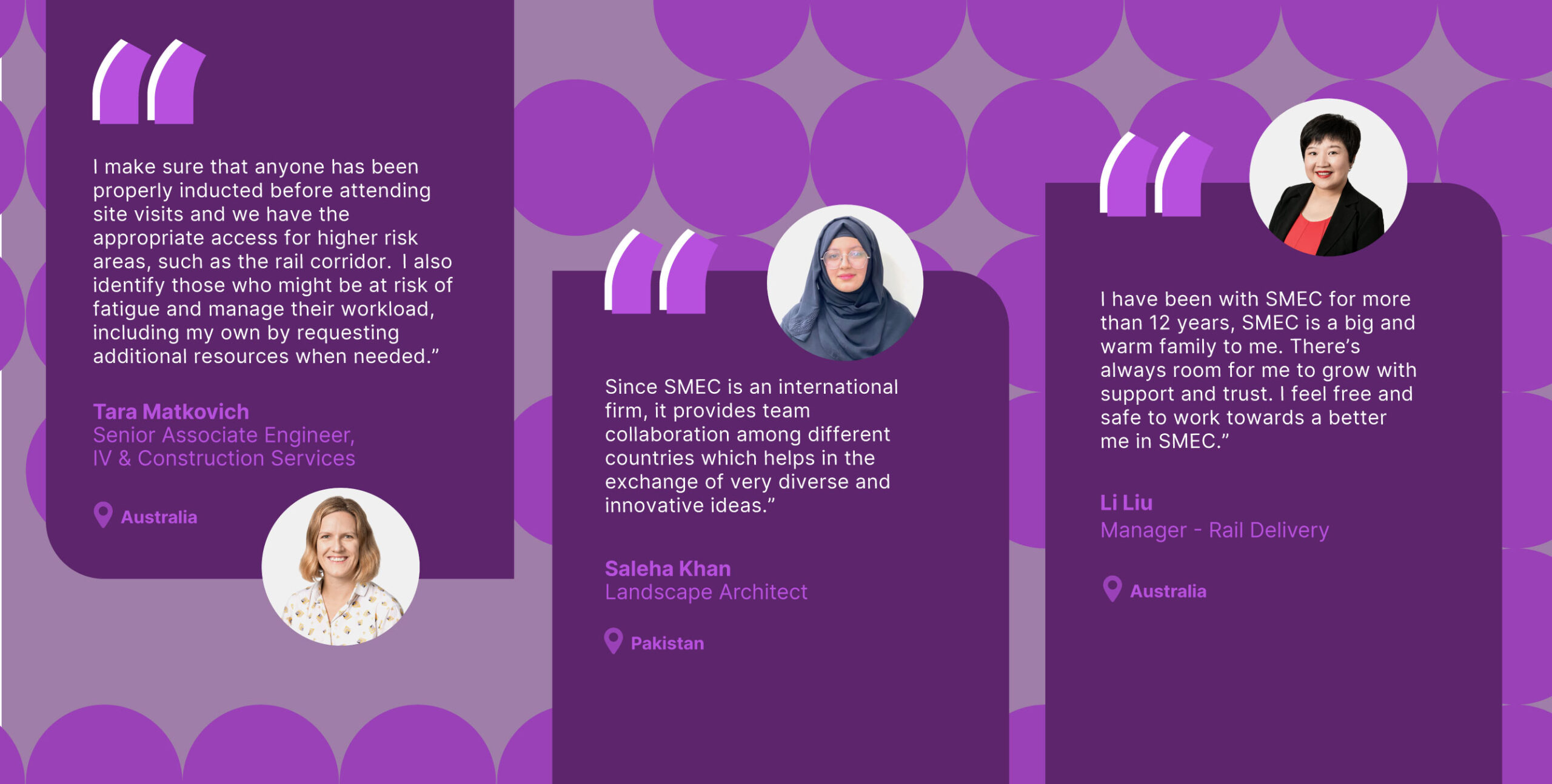
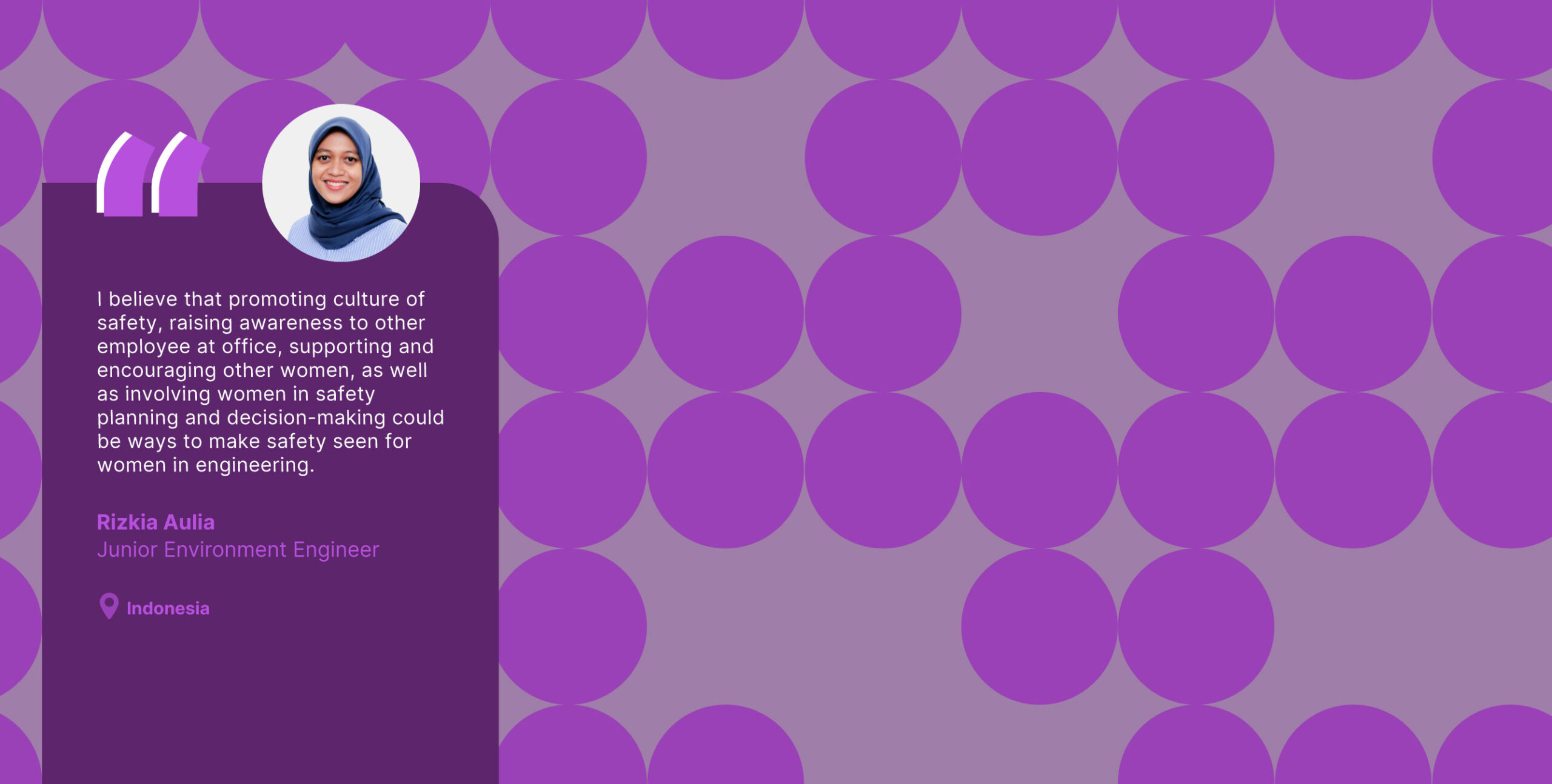
What enticed you to become an engineer?
Magdeleen Rabe – Professional Engineer, Management Services, South Africa:From an early age, my exposure to STEM subjects and my natural curiosity nurtured my fascination with science and mathematics. With a knack for technical thinking and a passion for technical drawings, growing up I developed confidence in my problem-solving abilities. The diversity and constant evolution of engineering intrigued me, offering an expansive playing field that I believed would prevent monotony throughout my career. Engineering’s ubiquitous presence in everyday life further solidified my decision to become an engineer.
Li Liu – Manager, Rail Delivery, Australia: Before my parents retired, they were both engineers. They have spent their whole career lives in engineering design. When I was little, I always amazed by how the lines on the paper could turn into a masterpiece of infrastructure. When the time I needed to pick a direction for my university study, I proudly chose engineering.
Debakshi Mitra – Architect, India: The aspect of power! Architecture, Urban Planning, Urban Design – are all fields where one’s canvas is the city itself. And every sketch or drawing has the potential of turning into a real-life working 3D model. Now if that is not power then what is? And as Peter Parker said “with great power comes great responsibility”!
Freeha Nisar – Junior Engineer, Pakistan: Observing how art and science can join together to create amazing things has always been fascinating. I have always been intrigued by civil engineers’ never-ending efforts to make the world a better place to live and create sustainable communities.
Now that you are an engineer, what do you like most about your career?
Arooj Akhtar – Junior Architect/Urban Planner, Pakistan: First of all, I am doing what I always wanted to do and that was work in construction industry. The most fascinating thing being an architect engineer is that you are involved in the project from the beginning to the end. I am working on the site and it’s been a very good experience so far.
Tara Matkovich – Senior Associate Engineer, IV & Construction Services, Australia: What I most enjoy about engineering is being able to physically produce something, be a water treatment works, a bridge or whatever it is, that makes the lives of others easier or better. And seeing the amazing technical solutions to the design and construction of projects with many complex constraints. I also enjoy the variety of people I work with, so many different disciplines and nationalities each with their own part to play.
Saleha Khan – Landscape Architect, Pakistan: The fact that practicing my creative capabilities result in making people’s life easier.
Liandie Cloete – Assistant Resident Engineer, Construction and Pavements, South Africa: The challenges, problem solving and general love for the industry and what we as engineers can collectively do to improve our society and communities.
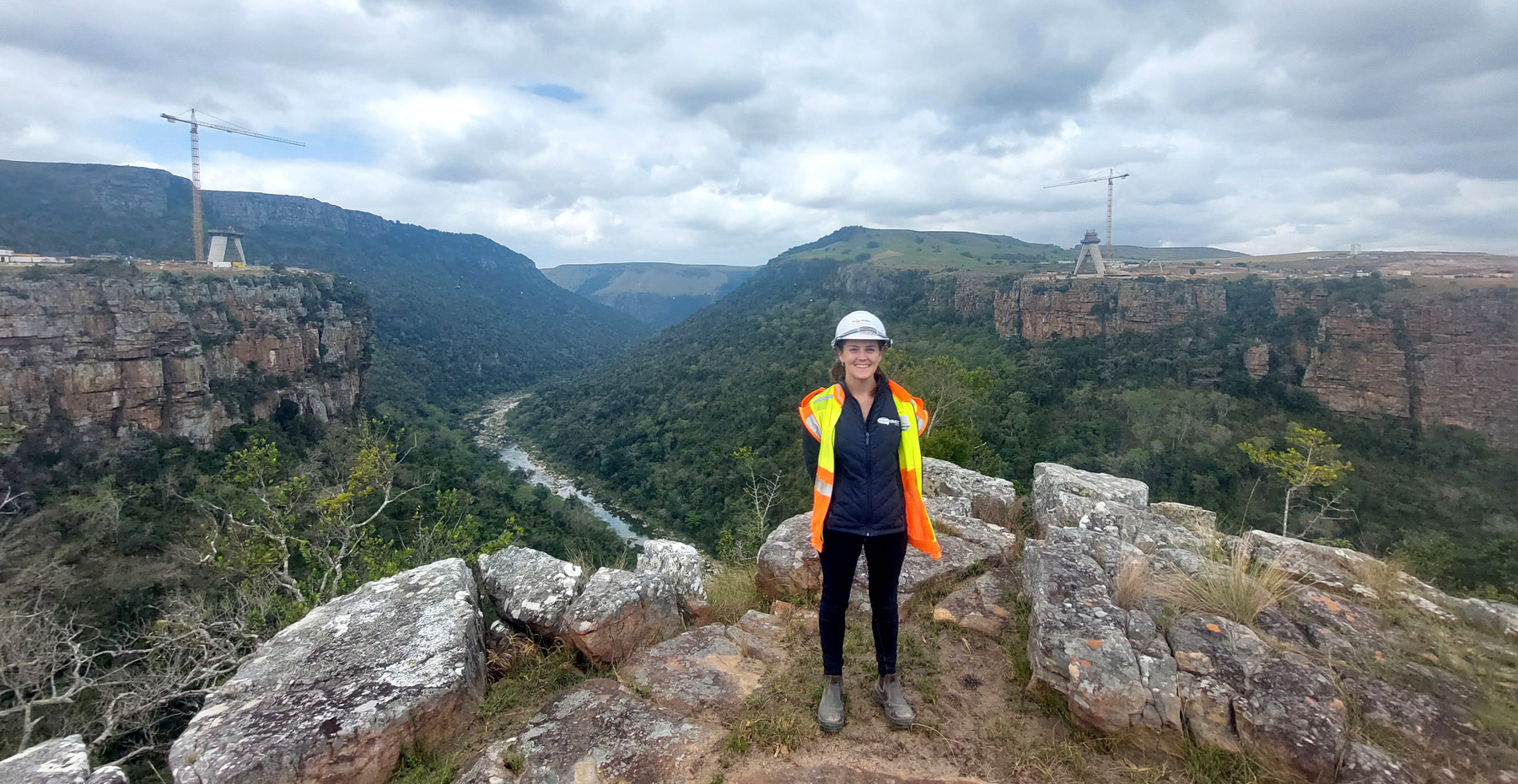
Liandie Cloete in front of the construction of the Msikaba Bridge, which will be the longest and highest single-span cable-stayed bridge in Africa
Why SMEC?
Rizkia Aulia – Junior Environment Engineer, Indonesia: At first i only knew that SMEC is one of the big engineering consultants that have a good reputation in delivering engineering solutions. Along the way, I realised that the working environment at SMEC is very good. I am surrounded by a lot of great and supportive people in the office. I also realised that SMEC humanize their employees.
Magdeleen: I chose SMEC as my workplace due to its reputation for delivering high-quality projects, and its dedication to sustainable and inclusive engineering practices. The company’s values align with my own, and I appreciate the opportunities for growth and professional development that SMEC provides. Being a large multi-disciplinary consultancy firm, and a member of the Surbana Jurong Group, the work environment at SMEC allows me to thrive as an engineer.
Li Liu: I have been with SMEC for more than 12 years, SMEC is a big and warm family to me. There’s always room for me to grow with support and trust. I feel free and safe to work towards a better me in SMEC.
Debakshi: SMEC happens to be a renowned company in the industry, with an impressive array of projects. Projects that are large-scale, of urban significance, have positive environmental value, all of which in turn helps in building the nation. The work being done by SMEC benefits the masses and builds a better future for all. I feel fortunate to be a part of an organisation that has such a high standard of integrity and value system.
This year’s theme is workplace safety – what does safety at work mean to you?
Rizkia: As a female that works in a male-dominated field, I realise that I face several specific safety challenges, such as physical hazard, unequal opportunities, sexual harassment, and gender discrimination. I understand that women and men’s minds are not the same. Sometimes men have jokes that could be captured as something different by women. In this male-dominated field, a woman’s perspective should be taken into account.
Another case is when we did a site visit for a far and remote area. I feel unsafe if I travel alone or only accompanied by my female friend in my team. Not all people we found in the site (even if it was local government staff, or other local people that we engage as local surveyors) have the same awareness to female staff.
Saleha: Safety at work means taking precautions to avoid accidents and injuries while working on projects as well as to remind your colleagues about all safety measures.
Liandie: Everything. I am currently working on site on the Msikaba River Bridge project, EC, South Africa. I take due regard to safety. Not just my own, but everyone else’s as well. My general motto is, if it doesn’t look or feel safe, it probably isn’t.
Freeha: Being a female highway engineer, workplace safety means making sure that myself and my colleagues are safe by following safety rules and keeping our workspace organised. It also means creating designs that prioritize the safety of people using the roads by analysing dangers, using safety measures, and making sure everyone can travel safely.
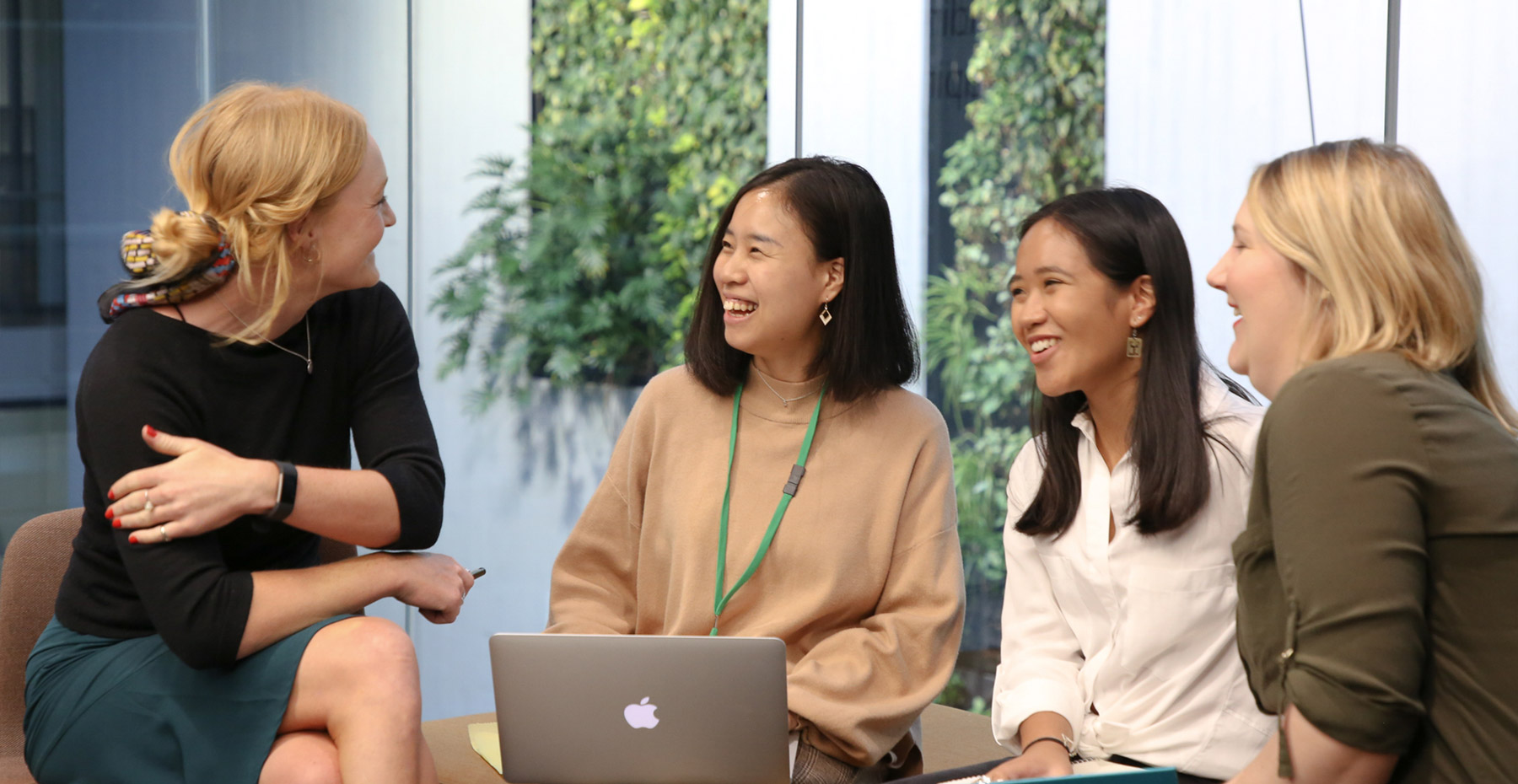
Members of our Urban Communities team in our Melbourne office
How do you make safety seen in your role?
Magdeleen: By donning my invariably too big PPE with flair. But on a serious note, beyond the visible aspect, I prioritise emotional safety by fostering a supportive work environment and respecting work-life integration. It’s important to remind team members that we are all human and can make mistakes, it’s okay to prioritise well-being, take breaks when needed, and maintain a healthy work-life balance. I aim to create a culture that values both productivity and individual well-being. By embracing our shared humanity and promoting a positive team dynamic, we create a culture that values safety in all its forms.
Li Liu: My role is Manager – Rail Delivery, I am managing Sydney Trains projects as a portfolio. Safety talk is always the first topic in my team meetings, my team members are encouraged to raise any safety concerns, and share safety related experience. I distribute safety requirements to the wider team regularly to enhance team’s safety awareness.
Arooj: Being on site, I believe it is my duty to ensure the safety of the workers and the staff by providing the safety officer with the tools and equipment they need to do their job comfortably and safely
Freeha: Safety is extremely important in transportation engineering, and it’s my top priority. In my role, I take a careful and thorough approach to ensure safety. I analyse and assess potential risks and hazards by studying traffic patterns and looking at accident data. By taking all these factors into account, we aim to create transportation systems that are safe for everyone who uses them. I design the road network according to international standard guidelines for safer design.
What have you done to prioritise workplace safety for yourself and others?
Tara: I make sure that anyone has been properly inducted before attending site visits and we have the appropriate access for higher risk areas, such as the rail corridor. I also identify those who might be at risk of fatigue and manage their workload, including my own by requesting additional resources when needed.
Arooj: I have ensured that all of the tools and equipment utilised on the job site are in good working order. Each employee must arrive at the site in a safety uniform. Every dangerous location has safety signs posted. I have instructed all the staff including labour to report the hazard right away.
Debakshi: Being placed at a project site office I have been very mindful of my own safety. I personally take all safety precautions during my travels and site visits. I stay very cautions and vigilant during late hour meetings at the client or site offices. Secondly, for general safety and well-being of all individuals, I strongly believe ‘communication’ is the key. I do my level best to make myself approachable enough so that I can connect with my teammates, seniors or juniors and get across my concerns or understand theirs. Room for expression is a primary need.
Liandie: I immediately report all safety concerns to the HSE officers on site. I also ensure that I explain why I have a certain safety concern to others, that the concern is understood, and how future occurrences can be avoided.
Is there more that the industry can do to support safety for women in engineering?
Magdeleen: Although much is being done to try and break the stereotypes, women are still underrepresented and face challenges such as workplace harassment, gender bias, work-life integration etc. There is still much room to support women by promoting cultures of inclusivity and respect, providing mentorship and support networks, and implementing policies that address gender disparities.
Rizkia Aulia: I think, there are a lot of things that industry could do to support safety for women in engineering, such as:
- Promote a safety culture
- Provide training on safety for women in engineering and how to mitigate them
- Involving safety for women in engineering in safety procedures, as well involving women in safety program cycles (planning, implementation, monitoring, evaluation) and decision making
- Providing resources and information about safety for women in engineering.
- Talking about the issue of safety for women in engineering in company communications.
- Supporting organisations that are working to improve the safety of women in engineering.
Debakshi: Yes, the industry needs to be much more enabling to make it more conducive for women to choose this career path. There needs to be facilities such as – WFH options, daycare facilities for mothers with toddlers, flexible timings, safety provisions at site offices and access to mental health counsellors. Organising workshops where women are made aware of their legal rights at workplace, about managing work related stress, balancing office and home etc. Recruiting more women candidates and recognising women leaders would inspire the youth and create a network which would provide guidance and information to the ones who are interested in seeking a career in this sector. Safety would come from adequate representation, adequate recognition, and an efficient safety net.
Tara: Yes, by carrying out training of appropriate behaviour, including of senior and middle management staff, so that women do not feel belittled, overlooked or suffer from sexual harassment, because someone thought it was ‘just a joke’ or didn’t understand what is an acceptable to behave or speak.
Saleha: Companies must further include health/well-being related policies or women to support and encourage women in the engineering industry.
Related
insights
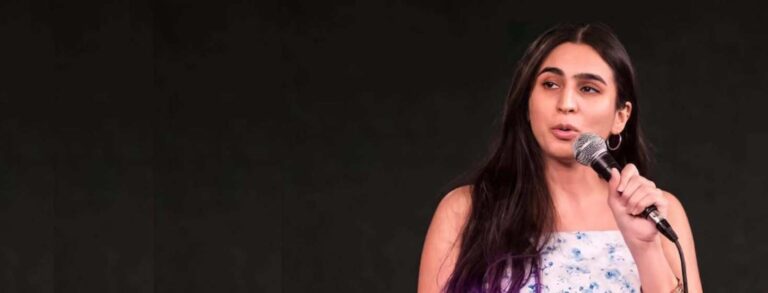 IWD2022: Women at SMEC shine bright
IWD2022: Women at SMEC shine bright
Seven inspiring and influential women who work at SMEC, Logashri Sewnarian, Libby Paholski, Pawitasari Fransisca, Florence Wambugu, Raveena Grover (pictured), Karina Discaya and Saima Bodla, champion International Women’s Day 2022.
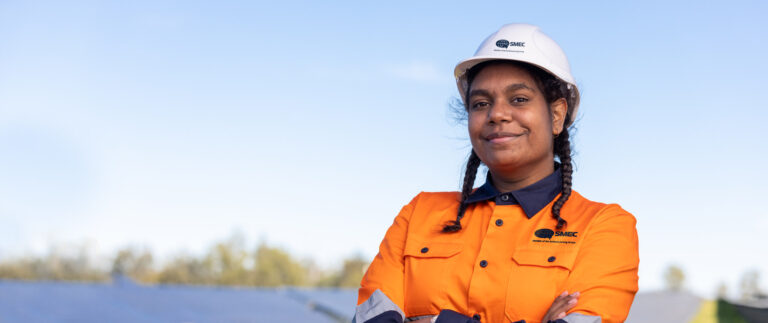 International Women in Engineering Day - Insights by Brendon Johannes and Linda Suh
International Women in Engineering Day - Insights by Brendon Johannes and Linda Suh
As we commemorate International Women in Engineering Day, let us celebrate the achievements of female engineers and continue working towards a future where gender equality and diversity are embraced and celebrated in the engineering profession. At SMEC, we want to create a world where every woman with a passion for engineering can thrive and make a lasting impact on society.
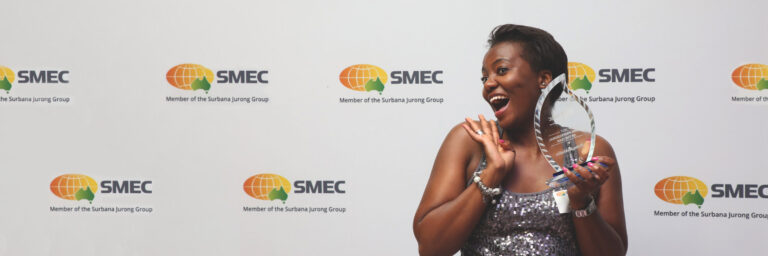 A recipe for success
A recipe for success
If I wasn’t working in engineering, I would definitely be a chef – probably on my way to earning a Michelin star or two!
 Embracing a more equitable future
Embracing a more equitable future
At SMEC we strive to ensure that every individual is given access to resources and support that sets them up for success. As we celebrate International Women’s Day 2023, we spoke to seven female leaders across our organisation and asked them to share their views of what #EmbraceEquity means to them.




